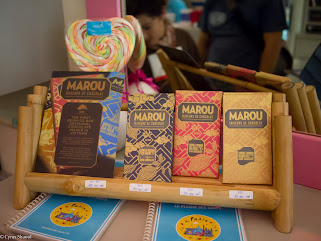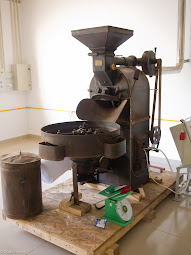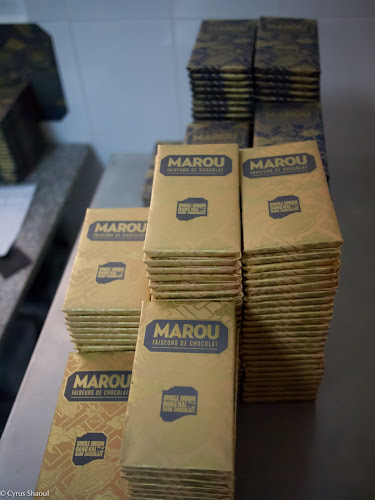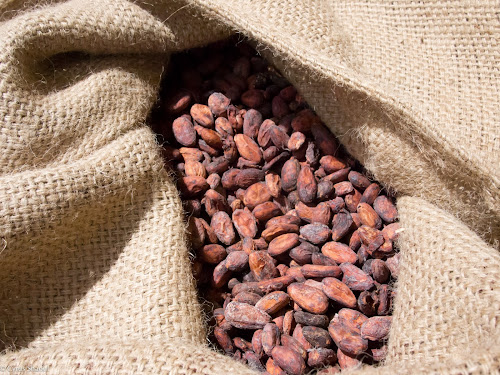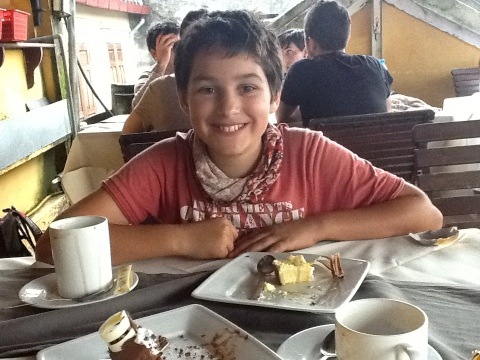(After visiting Hoi An and Nha Trang, we headed back to Saigon for our final first true cacao encounter in Asia)
Back in October we were contacted by Samuel Maruta, a chocolate maker in Vietnam, who had seen our blog. He had invited us to visit his operation in Saigon. Over e-mail we were able to able to arrange a meeting for our last day in Vietnam with the only artisanal bean to bar chocolate maker in the country.

Samuel picked us up at our hotel early in the morning and took us out for breakfast. He told us about how he and his business partner had come together to create their company, Marou Chocolate. Like many chocolatiers, they came from non-culinary backgrounds. Samuel worked in international finance for many years, and was living and working in Vietnam when he decided to take a year off work and learn Vietnamese. During this year off he happened to learn about the local cacao business, and decided that making chocolate would be a unique venture that he could attempt. His friend Vincent was also looking for something new to do, and happened also to be fascinated by cacao. They brainstormed for a while, and then everything fell into place.

The first thing they did was buy 2 kg of cacao beans from a farmer on the outskirts of Saigon and made some preliminary experiments roasting, winnowing and grinding them. To their surprise, they loved the taste of the chocolate! They went deeper into the Mekong Delta, found more beans, and made more chocolate. They discovered that the regions around Saigon were producing very different beans, and each chocolate was reflecting the terroir it was grown.
Confident that they could make a go of it, they found some financial backers and started to build up their operation quickly. They rented the small bay that we visited, in an industrial building on the outskirts of town, bought some classic equipment, and began to make large batches of bars.
After breakfast, Samuel drove us out to his factory and gave us a tour. We started with the roaster, which was a big old machine that he and Vincent had shipped from Europe. There were still some freshly roasted beans inside which we tried. They were dark and flavorful.
Next, Samuel let us try the chocolate straight from the conching machine. It was delicious. There’s nothing quite like freshly roasted and freshly ground chocolate. We continued on to the tempering room where the bars are made. He showed us how quickly the machine can temper a batch(approximately 20min) and then we had a mini tasting of all 4 kinds of bars. All of them came from different provinces in Vietnam and they were all distinctive. One fruity, one spicy, one earthy. Samuel explained that he wanted to produce something beautiful that was distinctively Vietnamese and I believe he did it with these bars. So far they are only selling the bars around Saigon, but they hope to begin exporting them out of Vietnam soon.

After the factory visit, we drove back to Ho Chi Minh to have lunch with Samuel and his family. Our kids really hit it off with his kids, and we discovered that Samuel’s wife, Sam, had gone to school with Cyrus back in 1982. You can read more about this on the Marou Chocolate blog.
All in all we had a fantastic time with Samuel and the folks at Marou chocolate. We can’t wait to get back to Vietnam and experience more of the culture that this great country has to offer.
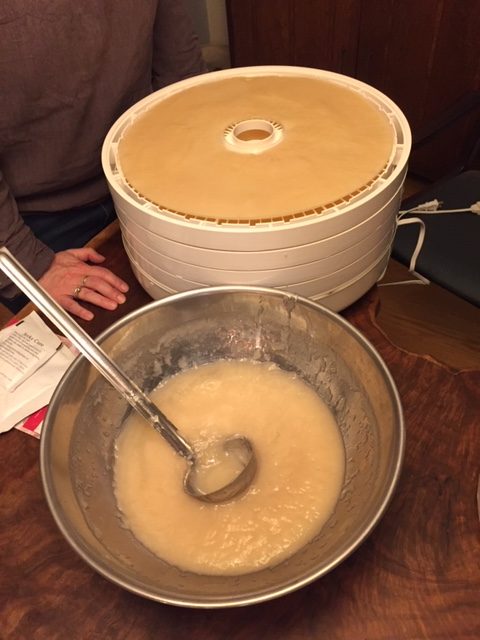
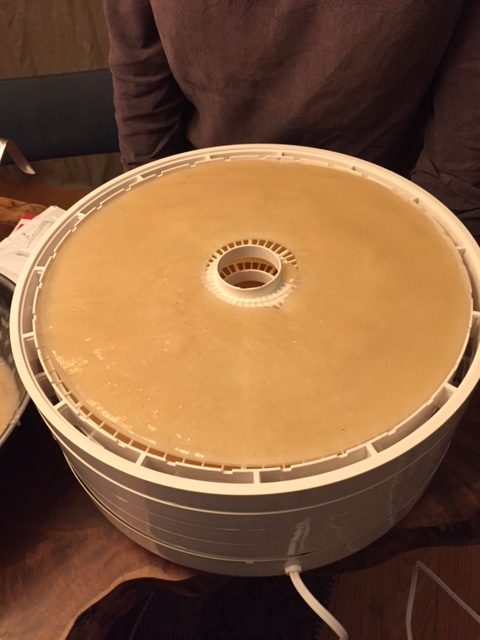


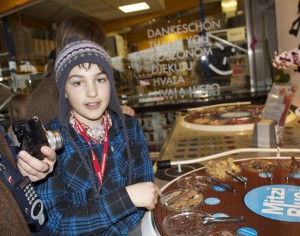
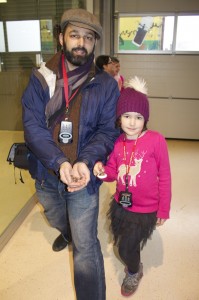
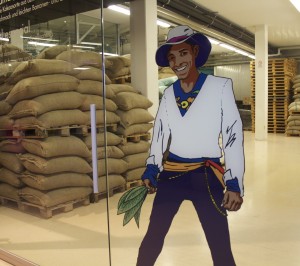
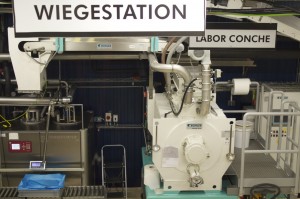
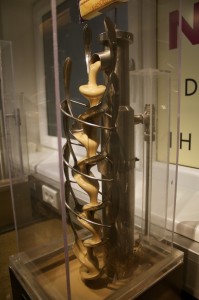
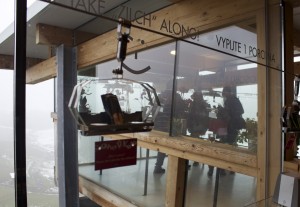
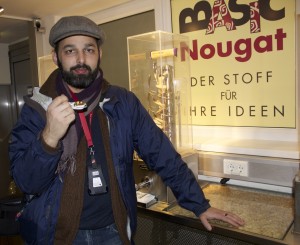
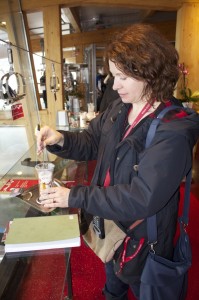
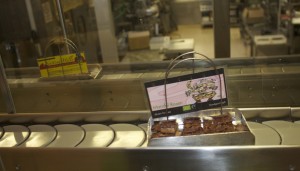
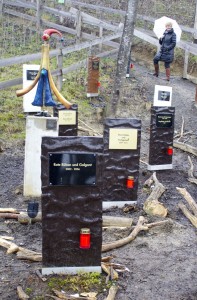
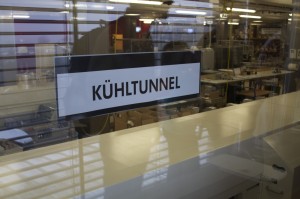
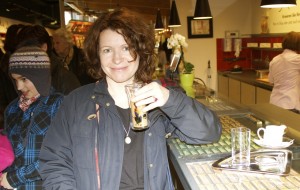















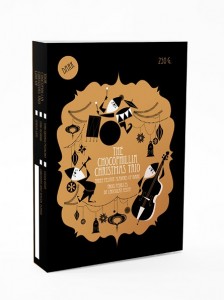










































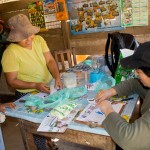




























 It was getting quite dark now and the kids were bored and hungry. Luckily dinner was ready. Herminia cooked us a wonderful fish dinner. One for each of us! They declined to join us for dinner because they had friends visiting later and wanted to eat with them. I felt bad eating my whole fish in front of the family, but I was starving and the fish was delicious and that overrode all sense of propriety.
It was getting quite dark now and the kids were bored and hungry. Luckily dinner was ready. Herminia cooked us a wonderful fish dinner. One for each of us! They declined to join us for dinner because they had friends visiting later and wanted to eat with them. I felt bad eating my whole fish in front of the family, but I was starving and the fish was delicious and that overrode all sense of propriety.





















